Chinese Opera
Description
1. About Chinese Opera
The roles of each Chinese opera are not exactly the same, but can be broadly categorized into similar types of roles. Chinese opera roles are mainly divided according to the different genders, ages, identities, personalities and other characteristics of the characters in the play, and can usually be categorized into five major lines: Sheng (生), Dan (旦), Jing (净), Mou (末), and Chou (丑). The basic framework of these roles is similar. However, they still differ in terms of specific role settings and performance styles. For example, Peking Opera, as China's national treasure, has the most detailed and strict division of roles; while local operas, such as Yueju Opera and Huangmei Opera, have more local characteristics and flexibility in their roles and performances.
Sheng is mostly a male frontal role, and the singing voice is high-pitched and impassioned;
Dan, on the other hand, are female roles, known for their softness and delicacy;
Jing, commonly known as the flower face, shows heroes and heroines with very different personalities through exaggerated face painting;
Mo, although gradually merged into the line of Sheng, but still retains its unique flavor;
Chou, on the other hand, are known for their slapstick humor and often play minor characters to add laughs to the play.
2. The Top Ten Operas
Peking Opera
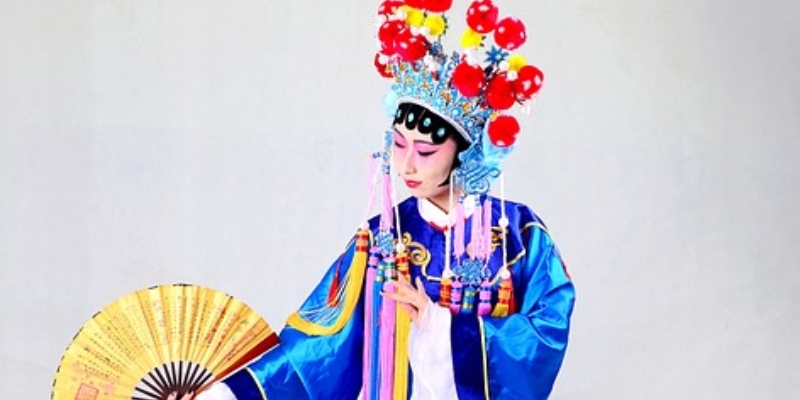
Introduction:
Peking Opera, one of China's national treasures, combines singing, reciting, acting, fighting and other means of performing arts, and is famous for its unique facial features, gorgeous costumes, melodious singing and superb martial arts movements. It originated in the Qing Dynasty, and after hundreds of years of development, it has become a treasure of Chinese culture, loved by audiences at home and abroad. Peking Opera has a wide repertoire of both historical dramas and folk legends. Through vivid stage interpretations, it shows the style and humanistic feelings of ancient Chinese society.
Representative works:
Farewell My Concubine, The Drunken Beauty, The Legend of the White Snake, The Empty City, etc.
Viewing locations:
Beijing, Shanghai, Tianjin.
Yue Opera
Introduction:
Yue Opera, one of the five major Chinese opera genres and known as "the second largest opera genre in China", originated in Shengzhou, Zhejiang Province, flourished in Shanghai, and spread around the world. It is mainly sung, with a clear and graceful voice, and the performances are very touching, with the spirit of Jiangnan, mostly interpreting the theme of "talented men and beautiful women". Yue Opera, with its many different genres, is loved by audiences at home and abroad, and is not only a national intangible cultural heritage, but also enjoys a good reputation overseas, being known as "Chinese Opera".
Representative works:
Liang Shanbo and Zhu Yingtai, The Dream of the Red Mansion, Sister Xianglin and He Wenxiu, etc.
Viewing locations:
Zhejiang, Shanghai.
Ping Opera
Introduction:
Ping Opera is one of the most popular traditional operas in northern China, originating from the "Counterpart Lotus Flower Tree" in Luanxian County, Hebei Province in the late Qing Dynasty, and then gradually developed and formed in Tangshan, which is commonly known as "Bengbengxi Opera" or "Luozixi Opera". It is commonly known as "bungee opera" or "luazi opera". It is famous for its singing, clear diction, easy-to-understand lyrics, strong sense of life, lively and free form, and is good at showing the contemporary life of the people. The singing style of the opera is rich and varied, including slow, two-six boards and other board styles, and the performing art combines elements of the Bangzi and Peking Opera, but still maintains its unique folk style.
Representative works:
Flowers is A Matchmaker, Yang Sanjie's Complaint, Du Shiniang, Qin Xianglian, Taming of the Princess, Yutangchun, etc.
Viewing locations:
Beijing, Hebei, Tianjin.
Huangmei Opera
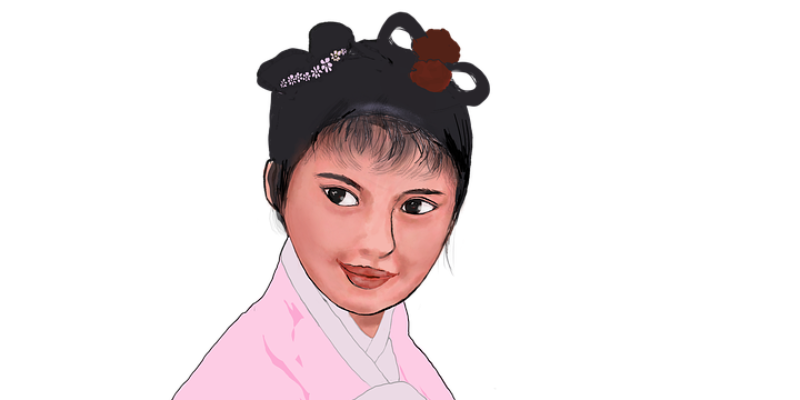
Introduction:
Huangmei Opera, formerly known as Huangmei Tune or Tea Picking Opera, originated in Huangmei, Hubei Province, and developed in Anqing, Anhui Province, is a major local opera in Anhui Province, and is one of the five major opera genres in China, along with Peking Opera, Yue Opera, Ping Opera, and Yu Opera. Its singing is simple and fluent, and it is characterized by bright lyricism, simple and meticulous performances, and real liveliness. Based on the local language of Anqing, Huangmei Opera is sung and read in dialect, with a strong flavor of life and regional characteristics.
Representative works:
Tianxianpei, Female Emperor's Son-in-law, The Cowherd and the Weaving Maid, Husband and Wife Watching the Lanterns, Dazhucao
Viewing locations:
Anhui, Jiangsu, Hubei.
Yu Opera
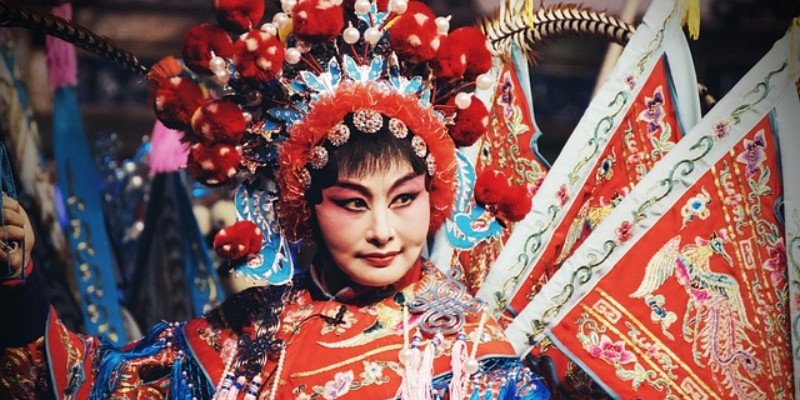
Introduction:
Yu Opera, as one of the five major Chinese opera genres and the first local opera in China, originated in Henan Province and is popular in Henan, Hebei, Shandong and other places, and has spread widely throughout the country. It has a powerful singing voice, an exuberant and unrestrained melody, a strong sense of life, and a wide repertoire covering historical stories, myths and legends. With its unique artistic style and profound cultural heritage, Yu Opera has been loved by audiences at home and abroad, and is known as "Oriental Aria" and "Chinese Opera", and is one of the national intangible cultural heritages.
Representative works:
Mu Guiying Takes Command, Mulan, Chaoyanggou, Duihuaqiang
Viewing locations:
Henan, Anhui, Shanxi.
Kunqu
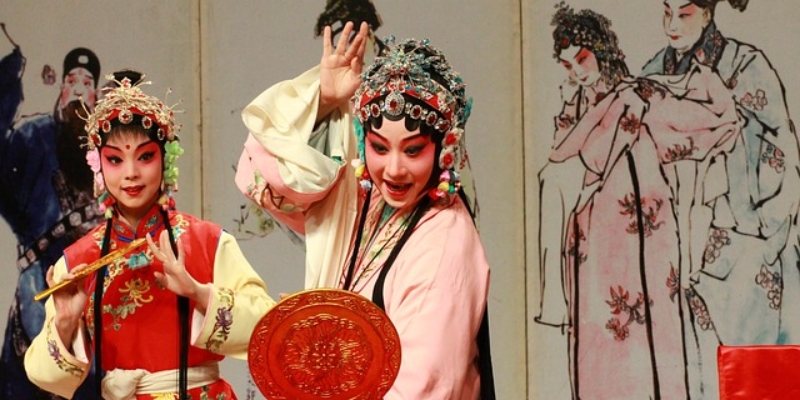
Introduction:
Kunqu, originated in China during the Ming Dynasty, is known as the "mother of all operas" and is a treasure of traditional Chinese culture. It combines song, dance and opera into one, with a delicate and gentle voice, a melodious melody and a performance form that emphasizes the "four virtues and five methods", i.e., singing, reciting, acting, playing, and hand, eye, body, method and footwork, and demonstrates a very high level of artistic attainment. The scripts of Kunqu are mostly legends with strong literary character, with gorgeous costumes, exquisite makeup and poetic stage sets. Each play is a fine ink painting, which allows people to appreciate the classical beauty in appreciation.
Representative works:
The Peony Pavilion, The Romance of the West Chamber, The Story of the Lute, A Handful of Snow
Viewing locations:
Suzhou, Beijing, Shanghai, Zhejiang.
Sichuan Opera
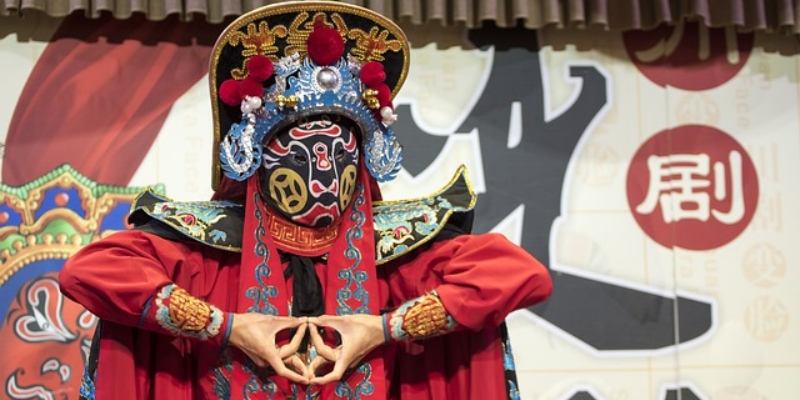
Introduction:
Sichuan Opera, also known as "Chuanxi", is one of the oldest operas in China, originating from Sichuan and prevalent in Sichuan, Chongqing and parts of Yunnan and Guizhou. It is a fusion of five vocal arts, namely, Gaoqiang, Kunqu, Huqin, Bouncing Opera and Sichuan Folk Lantern Opera, forming a unique charm. Sichuan Opera is famous for its humorous and vivid language and colorful performance techniques, especially the face-changing and fire-breathing stunts are breathtaking. As a national intangible cultural heritage, Sichuan Opera carries the profound heritage of Ba Shu culture and shows the unique charm of Chinese traditional art.
Representative works:
The Legend of the White Snake, The Tale of the Willow Shade, The Jade Hairpin
Viewing locations:
Chengdu, Chongqing.
Lv Opera
Introduction:
Lv Opera, also known as disguised yangqin and qin opera, is a national intangible cultural heritage, one of the eight major Chinese opera genres, and the most representative local opera in Shandong. It originated in the Yellow River Delta north of Shandong, evolved from Shandong qinshu, and is popular in most parts of Shandong and some parts of Jiangsu, Anhui and Northeast provinces. Lv Opera is loved by the people for its simple and vivid language, beautiful and pleasant singing voice and colorful musical vocabulary, and its main accompanying instruments include the dulcimer, the yangqin, the three-stringed instrument and the pipa, which are known as the "Four Great Pieces of Lv Opera". With its long history and wide influence, it is an important part of Chinese opera culture.
Representative works:
Zimei Yijia, The Story of Forced Marriage, Li Er Sao Remarried, Xiao Gu Xian, Wang Xiao Catch Up
Viewing locations:
Shandong, Jiangsu, Anhui
Qinqiang
Introduction:
Qinqiang, one of the oldest Chinese Han dramas, originated in the area of Shaanxi and Gansu during the Western Zhou Dynasty, and was named after the ancient state of Qin. It is known for its high-pitched and impassioned singing and simple and rugged performance style, and is regarded as the treasure of Chinese opera. The Qinqiang's singing style is characterized by plate changes, including joyful and bitter sounds, and is capable of expressing a variety of emotions in a delicate manner. It is rich in performance techniques, with a variety of stances and stunts, such as tripping horses, pulling frames, spitting fire, etc. The Qinqiang has a large number of traditional repertoires. The Qinqiang has a large repertoire of traditional plays with a wide range of themes, and is very popular with audiences. As a national intangible cultural heritage, Qinqiang carries rich historical and cultural connotations, and is a marvelous flower in the cultural treasury of the Chinese nation.
Representative works:
Shooting Nine Suns, Crying for the Great Wall, Fa Dong Zhuo, The Legend of White Snake, The Temple of Fa Men
Viewing locations:
Shaanxi, Gansu, Ningxia.
Cantonese Opera
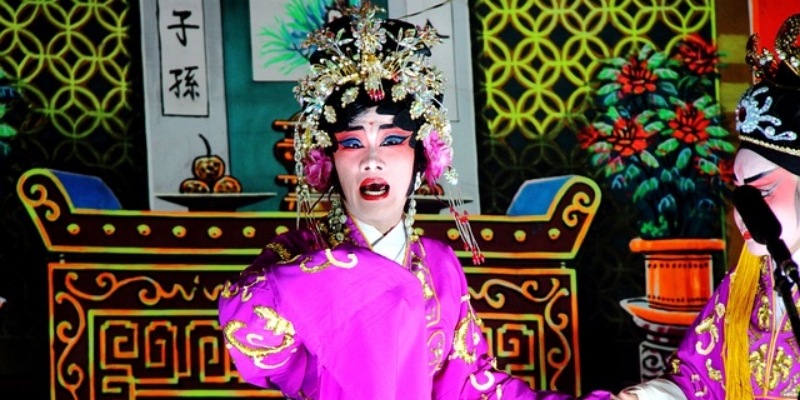
Introduction:
Cantonese Opera, also known as Daxi or Guangdong Daxi, originated from the Southern Opera, which appeared in Guangdong and Guangxi during the Jiajing period of the Ming Dynasty. It is a combination of various performing arts, such as chorus, singing, recitation and playing, and music scoring by musicians. It uses clappers and erhuang as its main vocal cadences, and has absorbed the cadences of Haiyan, Yiyang, Kunshan, clappers and the folk music of the Pearl River Delta, forming a unique artistic style. Cantonese Opera is on the list of national intangible cultural heritage and has been widely spread and loved in places around the world where there is a concentration of overseas Chinese from Guangdong.
Representative works:
Soushu Yuan, Princess Cheung Ping, The Purple Hairpin
Viewing locations:
Guangzhou, Foshan.
Related Posts
Create Your Customized Trip
Take about 2 minutes to fill the form to tell us how you like to travel, and get a reply within 1 working day.



